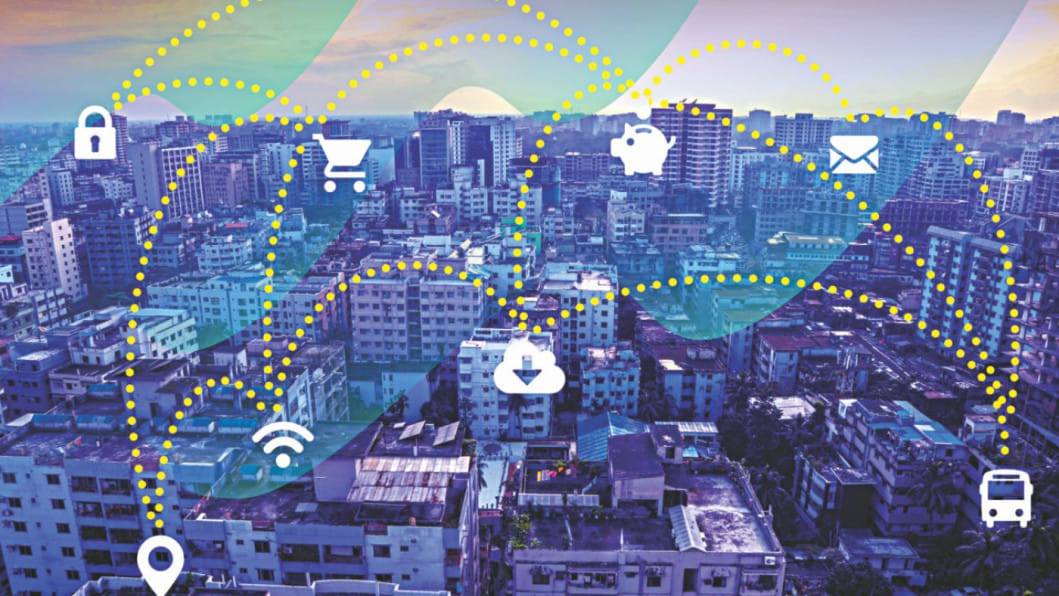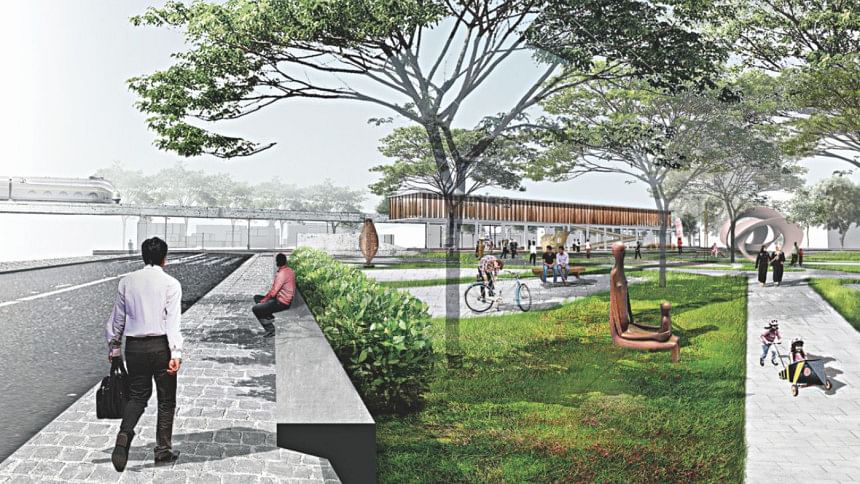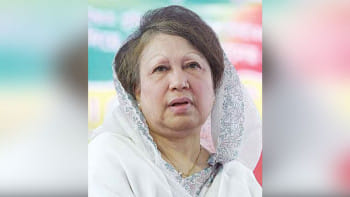Framing a shared urban vision

Bangladesh can become the world's 28th largest economy by 2030, according to PwC. Goldman Sachs has already listed the country as one the "Next 11" high potential economies of the 21st century. These predictions underscore how Bangladesh has been remarkably transforming itself into a progressive developing country over the past few decades. It has already achieved middle-income status well ahead of 2021, the year that marks 50 years of independence for the country. Bangladesh is now bent on becoming a developed nation by 2041.
While Bangladesh's performance is impressive, achieving sustainable development for long-term and equitable economic growth is both a challenge and a priority. Successfully transforming into a dynamic urban manufacturing-based economy is key to attaining such development, realising the ambitious targets Bangladesh has set for itself and tapping into the potential the country holds for becoming a global economic powerhouse. This requires a strong vision for how cities can sustainably develop and what needs to be done to make this happen.
But why should we focus on cities?
So far, Bangladeshi cities have been powering economic growth by contributing significantly to the national GDP. Current migration trends also suggest that more than half of Bangladesh's population will live in urban areas by 2040. On one hand, highly successful industries like the country's RMG sector are based in expanding urban areas and lucrative employment opportunities are drawing more people into the cities. On the other hand, factors like declines in agricultural growth and adverse climate change impacts are also pushing many to seek livelihoods outside rural economies. Bangladesh is a signatory to the 2030 Agenda for Sustainable Development Goals and discussions emphasise that ensuring sustainable urbanisation is a must for attaining the global goals.
But the urbanisation process has been unplanned. The tolls have been high for inequality and the quality of urban life and environmental degradation from man-made and natural processes is becoming dangerously common-place.
With urbanisation's critical impact on Bangladesh's future growth and development, all these present a strong case for articulating a strong vision for our urban future now. It starts with asking the basics and building on them to create a bigger picture for our cities. How do we make housing more accessible and affordable? How can new and old city residents match their skills to job vacancies? How do we strike a good balance among bike lanes, public and private transport?
What size should our cities be? How should we better prepare and plan for our growing urban populations?
Answering these questions is a start towards defining the quality of urban life we want in Bangladesh and it needs to be a collaborative process. Communities, urban planners, city authorities, private sector and civil societies and more—all have the right to a say in the way cities are planned, and more platforms are needed for letting urban citizens exercise such rights. This is critical for issues such as for who decides how city revenues are spent and in what areas, what can be done to improve urban services, how do these decisions influence economic activities and so forth. Recently, as a promising start, numbers of government and non-government agencies partnered with UNDP through the "Smart City Campaign" where urban citizens could both voice concerns and pinpoint opportunities for improving urban areas in the country.

There is more to do and we can learn from others both in terms of successes and failures. For example, Madrid is all set to ban personal cars out of its city centre by 2019; only bikes, buses and taxis will be able to access the main avenue. The Spanish city is among 12 international cities that are leading the movement on making urban spaces car-free. The vision is to create more pedestrian areas and lower CO2 emissions for sustainable urban development. In contrast, South Korea's Songdo city raises questions about whether building urban areas with high technology-based infrastructure caters more to affluent families and blocks out the less well-to-do from accessing highly efficient services.
For Bangladesh, the priority now is to move towards a planned, inclusive and balanced urbanisation process that make our cities more liveable, tap into the potentials they present and help achieve national and international goals. For this, we need to articulate our urban vision. It means initiating critical conversation among citizens, professionals, public representatives and anyone with a stake in the city to help shape a sustainable and thriving urban future for Bangladesh's continued economic growth and development.
Ashekur Rahman is working with UNDP Bangladeshas Urban Development Specialist. Views expressed in this article are the authors own and does not necessarily reflect the opinion of UNDP.





Comments